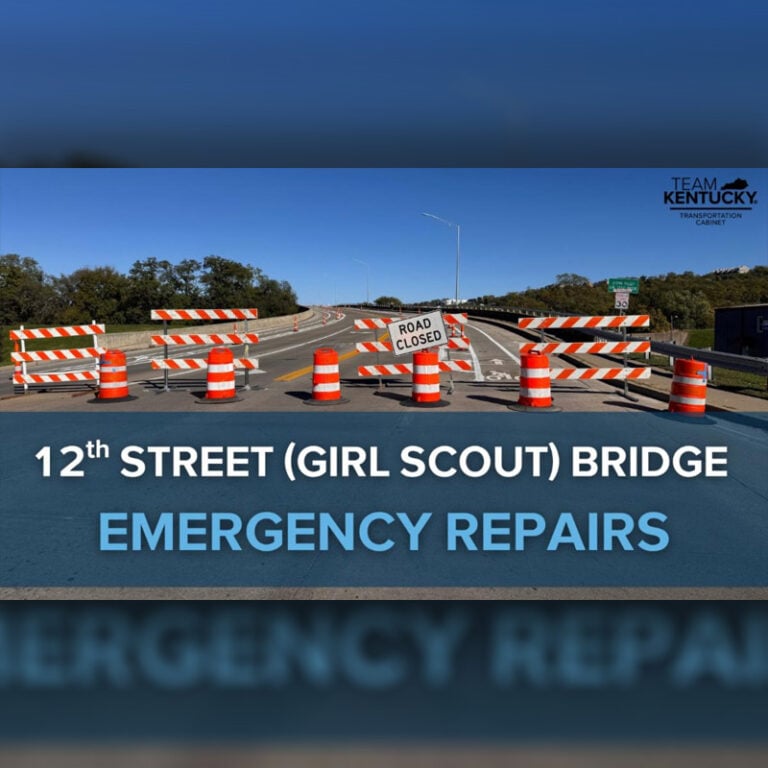By Sandra Guile
Better Business Bureau
The strip is not going away. Yet.
The shift to EMV chip technology for use in credit/debit cards to protect against identity theft is not happening overnight, as evidenced by the numerous reports of skimmer devices found at gas pumps and retail self-checkout lanes. Thieves have gotten crafty enough to use common electronic parts to put together skimmer devices and place them inside credit/debit card readers. These devices then remain undetected for long periods of time – or until a person or retailer notices a discrepancy in their bank statement.
The recent recurrence of these skimmers are leaving many people asking the question if the transition to EMV chips is supposed to increase security, why hasn’t it made an impact yet? The answer lies within the magnetic strip that’s on credit and debit cards issued by financial institutions. This magnetic strip technology is more than 50 years old and as thieves have discovered, quite easy to retrieve the embedded information.

Since Europe’s EMV conversion took approximately three years, according to DigitalCheck.com, after the beginning of the process, the announcement in October 2015 that the U.S. would convert as well established a deadline for retailers to accept EMV cards. This compliance was required to reduce U.S. retailer’s financial liability in case their credit/debit card system was hacked.
But many U.S. retailers are reluctant to make the switch. Creditcards.com estimates there are approximately 1.5 billion cards and 10.2 million card readers in the U.S. It’ll cost roughly $6.75 billion to replace the old credit/debit terminals in the U.S. Because of the sheer economic impact of converting to EMV, it’s easy to understand why it might take some time to update the credit/debit reader infrastructure – even though some retailers may already have the readers in place.
Vigilance is still the key
National Processing Solutions, a credit processing company, reported at a recent local press conference, some merchants have the new credit/debit readers in place but can’t use it because they’ve not been certified or are waiting to have the hardware installed so they can begin to accept EMV cards.
As long as that strip is still intact on the cards, thieves will continue to be able to lift the embedded account information from it. Unfortunately, the magnetic strip isn’t going away anytime soon. Until the strip is gone, the cashier or the self-checkout screen will ask the customer to slide the credit/debit card when paying for items.
However, all of this discussion and anticipation of new technology doesn’t change the fact that vigilance is key to protecting against identity theft for both in-person and online transactions. Until the magnetic strip is removed from credit/debit cards, people should continue to closely monitor their accounts. Even after EMV transition, continued monitoring is strongly recommended.
Find more cyber security tips on bbb.org/cybersecurity. If you’re a victim of identity theft, visit identitytheft.gov for a recovery plan and report all scams to BBB’s Scam Tracker.

Sandra Guile is the Community Outreach Specialist for BBB. She promotes BBB’s message of marketplace ethics through public speaking engagements, presentations, media relations, press releases, web content, and other written materials. Contact Sandra at (513) 639-9126 or sguile@cincinnati.bbb.org. Your BBB is located at 1 East 4th Street Suite 600 Cincinnati, Ohio 45202 – to reach the office, call (513) 421-3015.

















